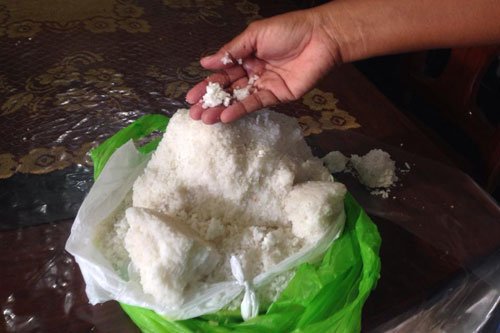Recent reports have raised alarms about the circulation of fake rice in local markets. Consumers who purchased and cooked the suspected fake rice observed unusual texture, color, and smell. Cooked fake rice reportedly resembles styrofoam, and when burned, it melts like plastic. This discovery prompted immediate investigations by government agencies, including the National Food Authority (NFA), Department of Trade and Industry (DTI), and Department of Health (DOH), to determine its composition and potential health risks.
What is Fake Rice Made Of?
Fake rice is believed to be composed of synthetic materials mixed with starches like potato or sweet potato. Investigations by the NFA revealed that it contains dibutyl phthalate (DBP), a chemical commonly used in cosmetic products. Additionally, other ty
pes of starch, such as those derived from corn or potato, may also be present.
How to Identify Fake Rice
To avoid purchasing fake rice, it’s important to be vigilant. Fake rice has distinct characteristics that differ from genuine rice:
- Whiter than normal rice. It appears unnaturally bright compared to regular rice.
- Lighter weight. It feels less dense than traditional rice grains.
- Unusual shape. The grains may differ in size and shape from genuine rice.
- Glossy texture. It has a shiny surface that is uncommon in natural rice.
- Difficult to cut or crush. The grains are harder to break compared to regular rice.
- Chemical odor. Fake rice often has a faint, unnatural smell.
To ensure safety, buy rice only from trusted sellers and brands that guarantee quality and authenticity.

Health Risks of Eating Fake Rice
Because fake rice contains synthetic materials, consuming it poses significant health risks, especially if eaten in large quantities. Some potential adverse effects include:
- Stomach pain. The body may struggle to digest synthetic substances, leading to abdominal discomfort.
- Blockage in the digestive tract. Non-digestible materials can cause obstructions in the gastrointestinal system.
- Cancer. Prolonged exposure to harmful chemicals like DBP may increase the risk of cancer.
- Infertility. Chemicals present in fake rice may contribute to reproductive health issues, including infertility.
The emergence of fake rice in the market highlights the importance of consumer awareness and food safety. To avoid health risks, always inspect rice for irregularities and purchase only from reputable sources. If you suspect that you have bought fake rice, report it to authorities for investigation. Protecting your health begins with informed choices and vigilance in daily food consumption.


